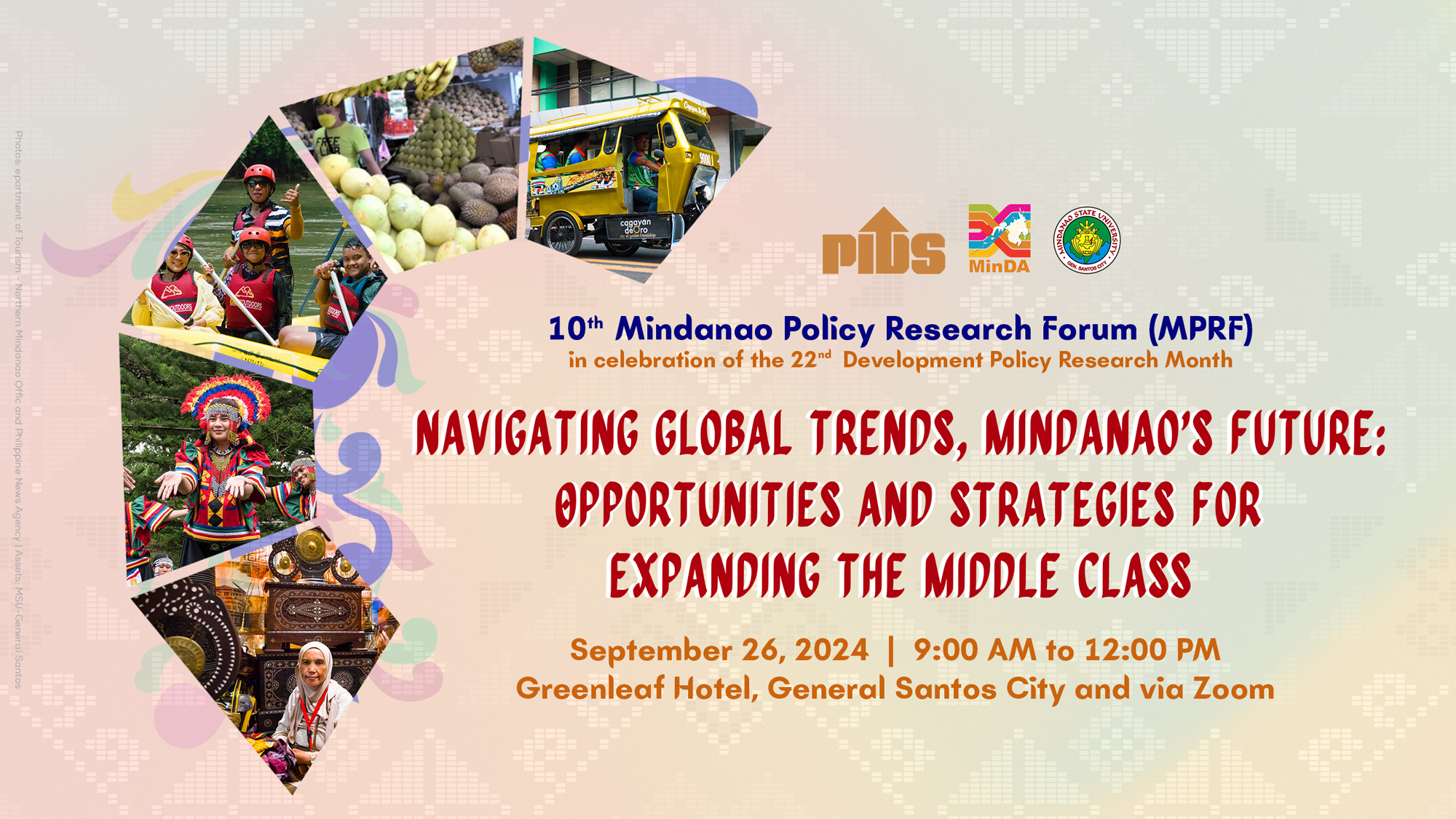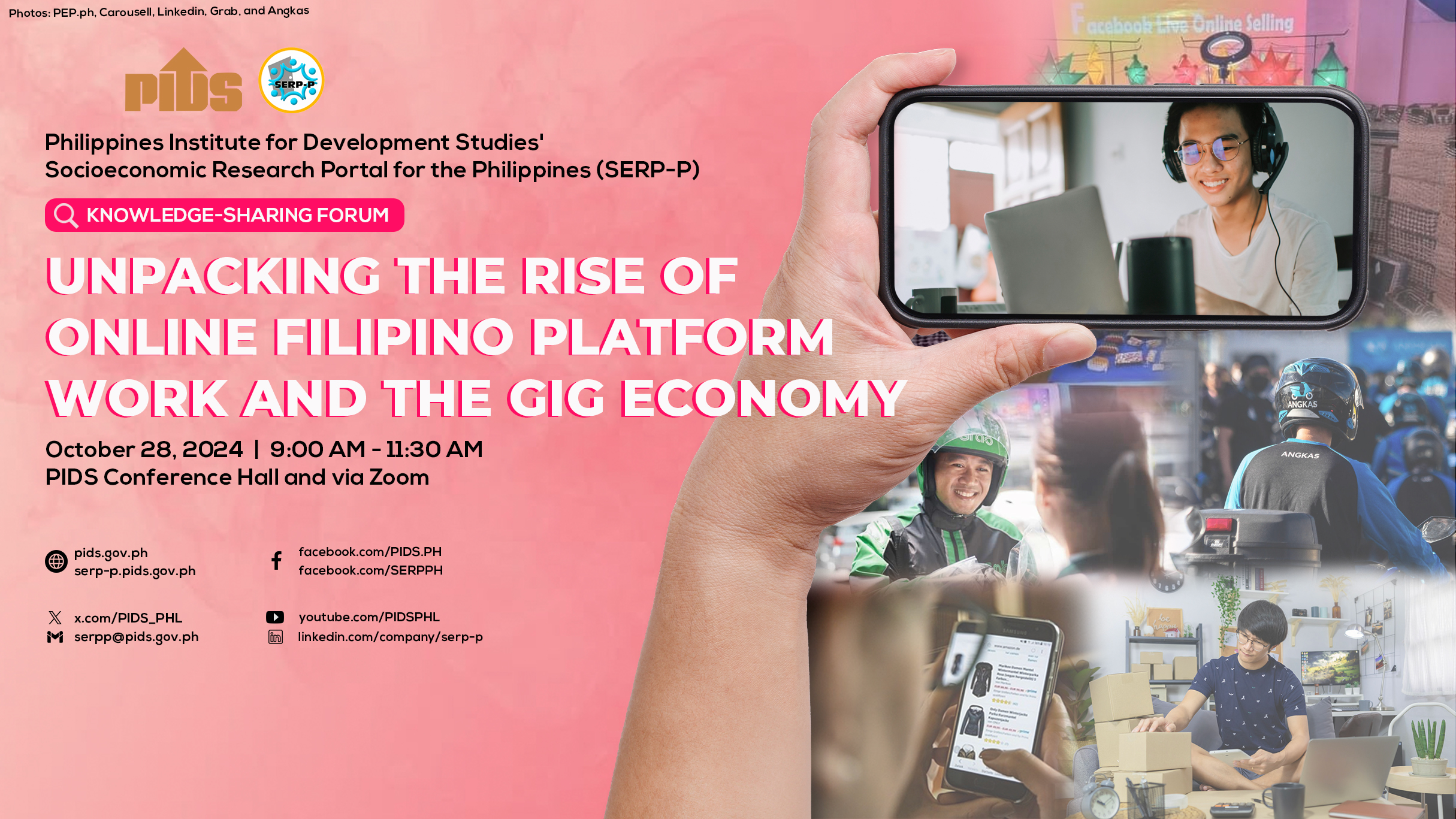Metro Manila (CNN Philippines, April 25) - With the devastation from the COVID-19 pandemic expected to lead to huge economic losses, dark clouds now loom over livelihoods of many Filipinos.
The pandemic has erased jobs of over a million Filipinos, as the whole of Luzon and other regions elsewhere in the country have been placed under an enhanced community quarantine to curb the spread of the deadly disease.
As part of the quarantine measures, the government has urged people to stay at home and most industries to suspend operations. Only providers of essential services are allowed to remain open.
The government has so far focused amelioration efforts on providing aid to the ‘poorest of the poor,’ but some government officials have made appeals to include the middle class sector in the cash assistance program.
This begs the question – who are the middle class in the Philippines?
Income-based middle class
The Philippine Institute for Development Studies, a nonprofit government corporation that serves as the state's primary socioeconomic policy think tank, said in 2018 that 40 percent of the country’s population, that’s 4 out of every 10 Filipinos, belongs to the middle-income class.
PIDS senior research fellow Dr. Jose Ramon Albert told CNN Philippines on Tuesday that the welfare indicator in the Philippines for determining poverty as well as the middle class is per capita income.
"We essentially divided per capita income not just into the poor and the non-poor, but in seven groups, and the lowest two form the low income class, the next three groups form the middle class and the highest two groups, the upper income class," Albert said in an email to CNN Philippines.
“Our estimates of the poverty line, making use of more recent urban-rural classifications puts the poverty lines at around ₱11,690 for a family of five,” Albert added.
The pandemic has erased jobs of over a million Filipinos, as the whole of Luzon and other regions elsewhere in the country have been placed under an enhanced community quarantine to curb the spread of the deadly disease.
As part of the quarantine measures, the government has urged people to stay at home and most industries to suspend operations. Only providers of essential services are allowed to remain open.
The government has so far focused amelioration efforts on providing aid to the ‘poorest of the poor,’ but some government officials have made appeals to include the middle class sector in the cash assistance program.
This begs the question – who are the middle class in the Philippines?
Income-based middle class
The Philippine Institute for Development Studies, a nonprofit government corporation that serves as the state's primary socioeconomic policy think tank, said in 2018 that 40 percent of the country’s population, that’s 4 out of every 10 Filipinos, belongs to the middle-income class.
PIDS senior research fellow Dr. Jose Ramon Albert told CNN Philippines on Tuesday that the welfare indicator in the Philippines for determining poverty as well as the middle class is per capita income.
"We essentially divided per capita income not just into the poor and the non-poor, but in seven groups, and the lowest two form the low income class, the next three groups form the middle class and the highest two groups, the upper income class," Albert said in an email to CNN Philippines.
“Our estimates of the poverty line, making use of more recent urban-rural classifications puts the poverty lines at around ₱11,690 for a family of five,” Albert added.












